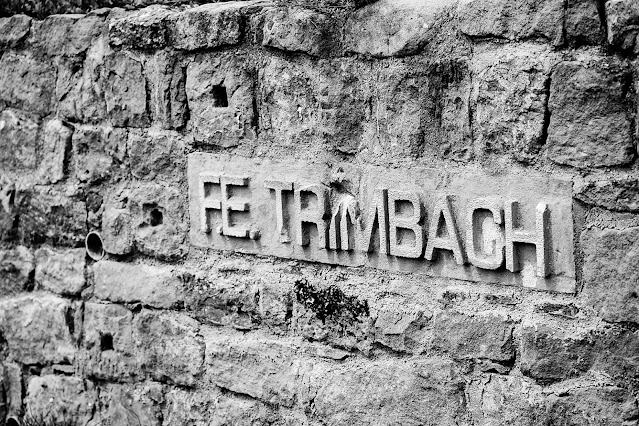Well balanced and delicious. A Very Highly Recommended Rioja Reserva.
Ramon Bilbao Rioja Reserva (DOC) 2015, 14% ABV
€19.50 in Dunnes Stores.
“ Rioja with a twist”. That’s how Ramon Bilbao, who have enhanced their “historical range..with modern approach”, describe their wines. Their “style” is well appreciated in Spain where they have 9% of the market.
This Rioja Reserva has a deep ruby colour, somewhat lighter on the rim. It is clear and bright and you’ll notice those tears, indicating a high alcohol count, though 14 % is not that unusual in warm countries.
Aromas are quite intense, dark and fed fruit. In the mouth, you notice an excellent acidity along with the fresh fruit flavours, and a touch of vanilla from the oak. Fruit and spice are also in the finish. Tannins are fine, all part of the balance of this delicious wine.
The producers say their style is fresh, elegant and fruity. And this is a very good example, light and bright and a long way from some of those heavyweight traditional Riojas. Drinking very well now and there seems broad agreement that it can evolve further in the bottle, even into the 2030s.
Best served between 17º C and 18º C, this wine pairs perfectly with traditional food such as red meats, game and mature cheeses. Very Highly Recommended.
The 2015 harvest “will go down as one of the earliest and quickest harvests in history”, according to Ramon Bilbao, thanks in no small way to July “with the highest temperatures ever recorded”. The results were clean and fruity wines. They use “pre-fermentation maceration for 3 to 4 days, post-fermentation maceration for 5 to 7 days, overpumping and daily plunging. Filtering and clarification did not take place until the end. Ageing: American Oak Barrel for 20 months: Missouri and Ohio, and a further 20 months in bottle”.
Rioja Classifications Guide
Wondering what a Crianza is? Well, it is one of the classifications that indicates the age of the wine in your bottle and you’ll see a stamp at the rear to confirm it. Reserva is another but you should note that Rioja takes these terms seriously, it is a guarantee, and you can rely on the system. In some countries, reserva is at the producer's whim, with no supervisory system in place!
Generic: This category guarantees the origin and vintage of wine. They are usually wines in their first or second year, which keep their primary freshness and fruit. This category may also include other wines that do not fit into the categories of Crianza, Reserva or Gran Reserva, if they have been subjected to an ageing process that is not certified by the Control Board.
Crianzas are wines which are at least in their third year, having spent a minimum of one year in oak barrels. For white wines, the minimum barrel ageing period is 6 months.
Reserva These are meticulously selected wines with a minimum ageing between oak barrels and the bottle of three years, of which at least one has to be in barrels, followed and complemented by a minimum 6 months’ ageing in the bottle. For white wines, the minimum ageing period is 2 years, with at least 6 months in barrels.
Gran Reserva These are wines of great vintages that have been painstakingly aged for a total of sixty months with at least two years in oak barrels and two years in the bottle. For white wines, the minimum ageing period is 4 years, with at least 6 months in barrels.
The labels are colour coded. You’ll see the Reserva has a burgundy colour while Gran Reserva has a (royal) blue.
* The GranReserva is also a beauty and we’ll have a post on it in a week or so.
*************
Check my growing list of top wines for 2023
*************
Check out my Good Value Wine List here
***************
































